By the time I was in Standard 4 in my primary school, my parents have moved out of the Kampong Cendana house to a 'Police Quarters' at Jalan Aman (Jalan Damai). And I have been going to Kuala Lumpur more often, almost all school holidays. I am getting to know my only brother and my other 4 sisters. I am getting used to living with my parents too; which is an entirely different kind of life that I am living then. After getting the directions, I was supposed to come to Kuala Lumpur the next time - on my own; which is very easy! No problem; and I was only 10!
With RM3.00 in my pocket and a determination to go to the big town, Kuala Lumpur, I left Kampong Senaling on the Eng Giap Bus to Kuala Pilah. From Kuala Pilah, I took the Union Bus to Seremban, through the winding road of Bukit Putus. At Seremban, boarding Foh Hup Bus, the trip from Seremban to Pudu Bus Station in Kuala Lumpur takes approximately 2 hours. This Pudu Bus Station is the muddy with pot holes and watery place where all buses to any station in the south, starts and stops. There is now the Puduraya Bus Terminal sitting on top of the once Pudu Bus Station.
My father's direction was, 'After you get out of the bus, walk towards the roundabout (now Pudu Roundabout). From the roundabout, you will see two roads - one on the left (then Foch Avenue, now Jalan Sultan Mohamed) and one on the right (then Jalan Mountbatten, now Tun Perak). Take the one on the right. Walked down the hill and turn right into the 3rd junction (now Lebuh Ampang). Wait for the big blue bus (Sri Jaya Bus); take the number 8 bus, the fare is RM0.05 sen for a child - it will take you to Kampong Datok Keramat. Stop at the ESSO Station (which I know where it is)'. That was what my father said to me the last time I was in Kuala Lumpur. From there, I then walked over the wobbling temporary bridge over the river and reach my parent's home.
Since that successful 10-year-old only; trip to Kuala Lumpur on my own, I had travelled back and forth between Kuala Pilah and Kuala Lumpur, alone, from then on.
3 years ago
.jpg)
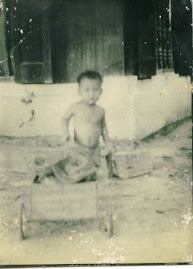.jpg)

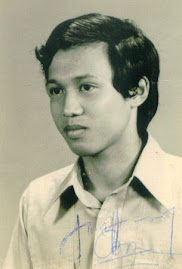.jpg)

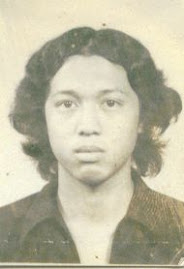.jpg)






















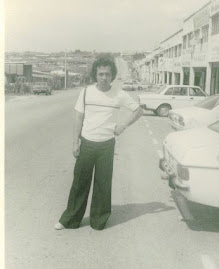.jpg)
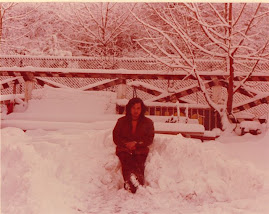.jpg)
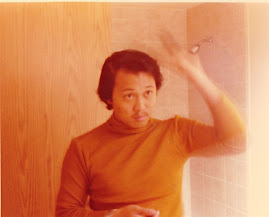.jpg)
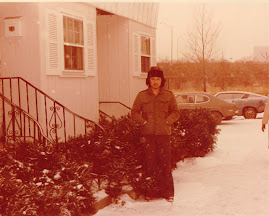.jpg)

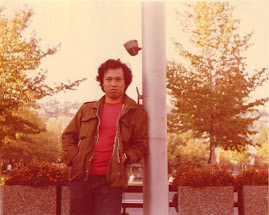.jpg)




























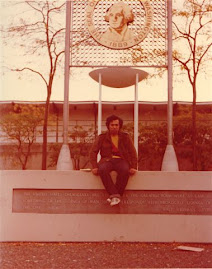.jpg)


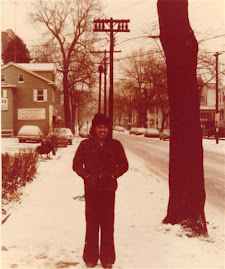.jpg)



